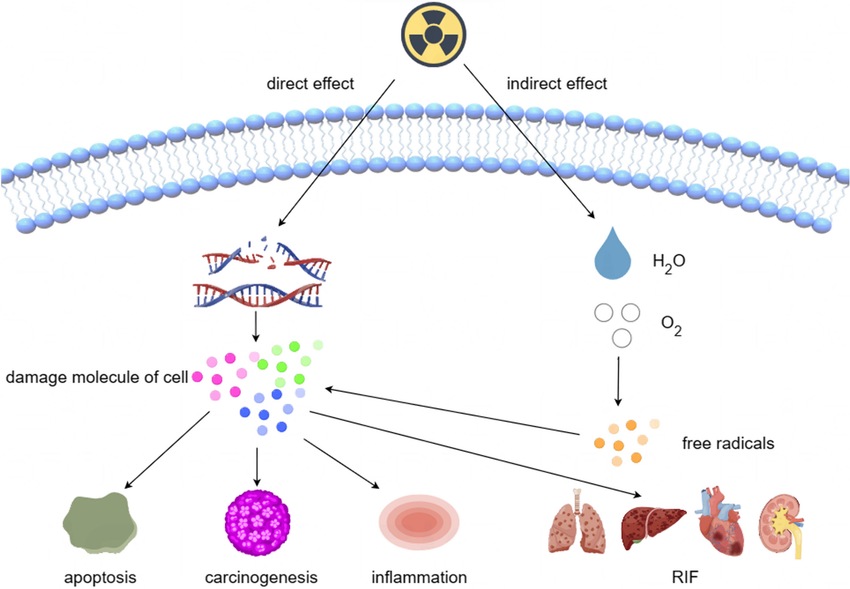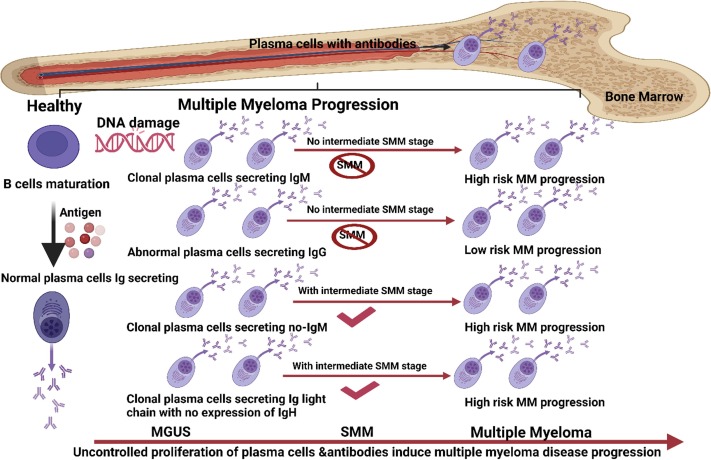
Genes and Human Diseases
Genes are segments of DNA that contain the instructions for building proteins, which perform a vast array of functions in the body. Mutations in these genes can lead to various human diseases by altering the normal function of proteins or disrupting regulatory mechanisms.
Definition of Mutations
Mutations are defined as changes in the nucleotide sequence of an organism’s DNA. These alterations can occur due to various factors, including environmental influences, errors during DNA replication, or inherited genetic variations. Mutations can be classified into several categories based on their nature and effects on gene function.
Principles Relating to the Effects of Gene Mutations
(a) Point Mutations within Coding Sequences
Point mutations involve a change in a single nucleotide base pair within a coding sequence. There are three primary types of point mutations:
- Silent Mutations: These mutations do not change the amino acid sequence of the protein because they occur in non-critical regions or result in synonymous codons.
- Missense Mutations: These mutations result in the substitution of one amino acid for another in the protein sequence. Depending on where they occur and how they affect protein structure and function, missense mutations can be benign, harmful, or beneficial.
- Nonsense Mutations: These mutations create a premature stop codon, leading to truncated proteins that are often nonfunctional. Nonsense mutations typically have severe consequences for cellular function and can lead to diseases such as cystic fibrosis or muscular dystrophy.
(b) Mutations within Noncoding Sequences
Noncoding sequences include regions of DNA that do not code for proteins but may play crucial roles in regulating gene expression and maintaining genomic integrity. Mutations in these areas can have significant effects:
- Promoter Mutations: Changes in promoter regions can alter transcription factor binding and affect gene expression levels, potentially leading to diseases like cancer if tumor suppressor genes are downregulated.
- Enhancer and Silencer Mutations: Altered enhancer or silencer sequences can disrupt normal regulatory mechanisms, resulting in inappropriate gene activation or repression.
- Intronic Mutations: Although introns are removed during RNA splicing, mutations here can affect splicing accuracy or lead to alternative splicing events that produce dysfunctional proteins.
(c) Deletions and Insertions
Deletions and insertions refer to the loss or addition of nucleotide bases within a gene’s coding region:
- Deletions: The removal of one or more nucleotides can lead to frameshift mutations if not occurring in multiples of three. This shifts the reading frame during translation, resulting in entirely different amino acid sequences downstream from the mutation.
- Insertions: The addition of nucleotides similarly causes frameshifts unless they occur in multiples of three, which would add extra amino acids without altering downstream sequences.
Both deletions and insertions can severely disrupt protein function and contribute to various genetic disorders such as Tay-Sachs disease (due to a four-base pair deletion) or certain forms of muscular dystrophy (due to large deletions).
(d) Trinucleotide-Repeat Mutations
Trinucleotide-repeat mutations involve expansions of specific triplet repeats within certain genes:
- Mechanism: These expansions occur due to slippage during DNA replication when DNA polymerase misaligns with repetitive sequences.
- Examples: Conditions such as Huntington’s disease (CAG repeat expansion) and Fragile X syndrome (CGG repeat expansion) arise from these types of mutations.
- Effects: The expanded repeats often lead to toxic gain-of-function effects where abnormal protein aggregates form, disrupting cellular processes.
In summary, understanding these various types of mutations is critical for elucidating their roles in human diseases and developing targeted therapies.







